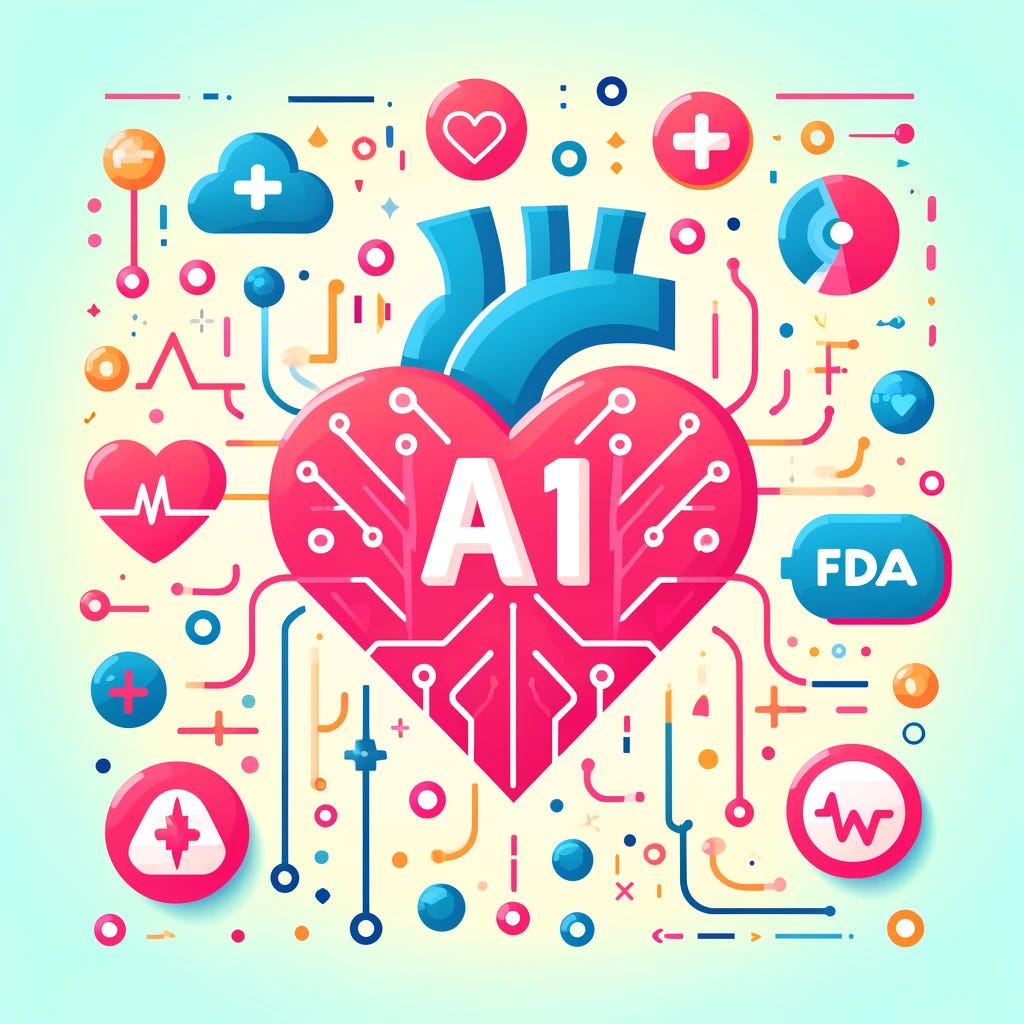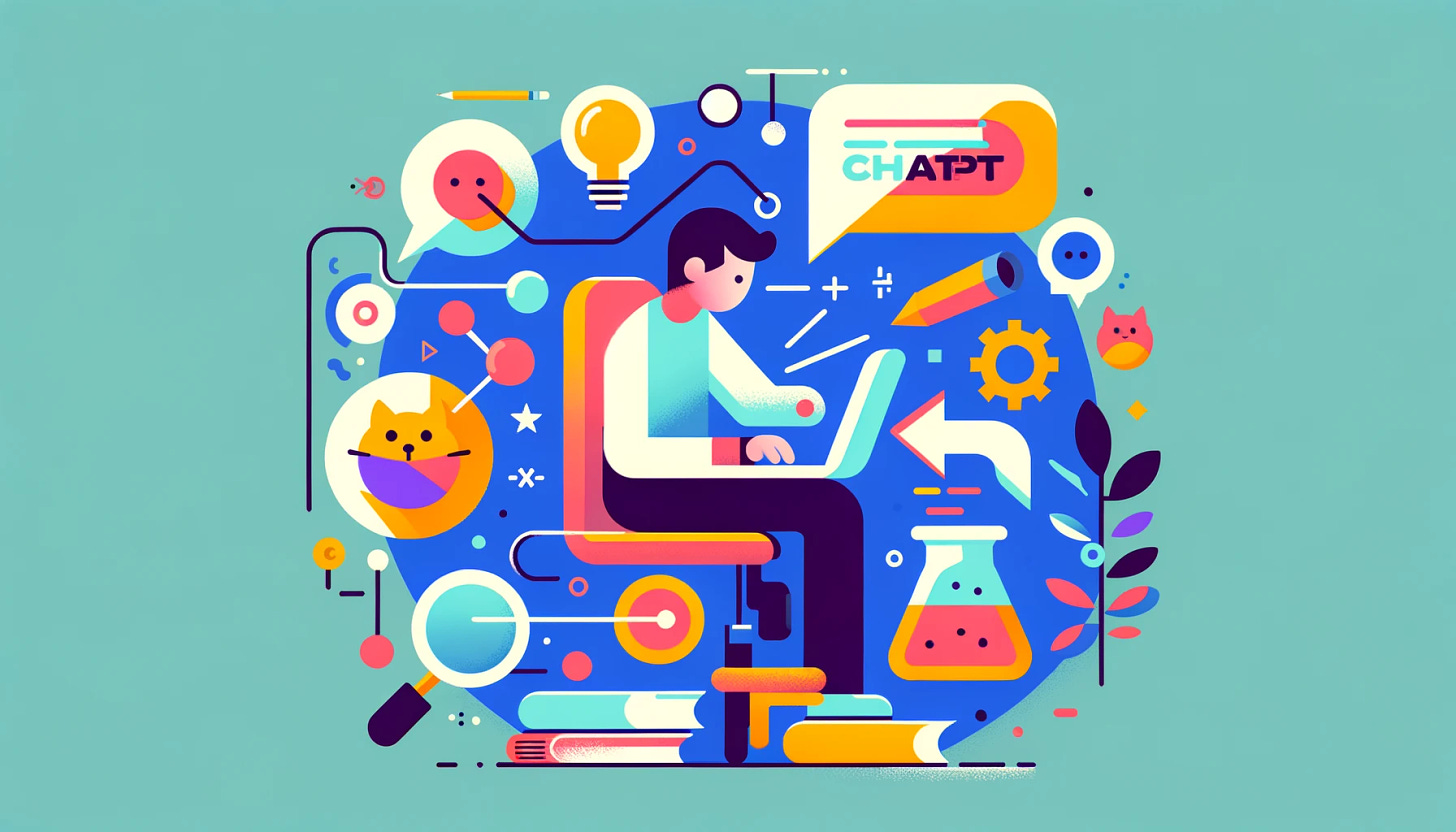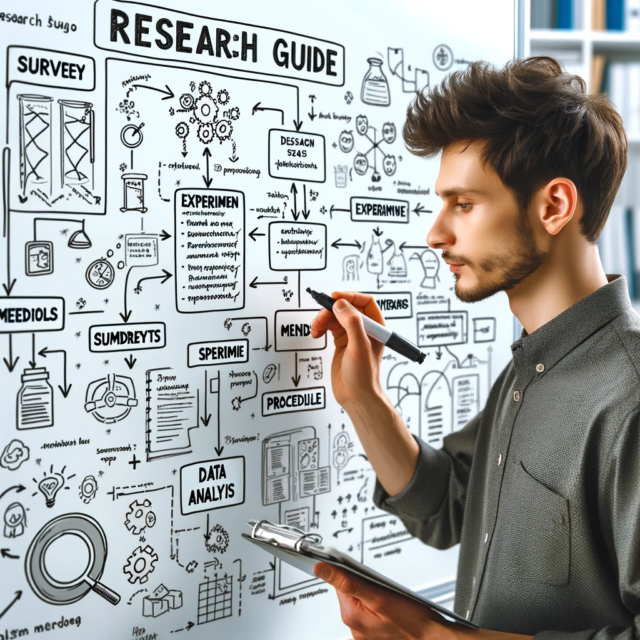
GPTs for Everyone: ChatGPTs Now Available and Our Favorites
OpenAI is democratizing AI by rolling out customizable versions of ChatGPT, aptly named GPTs. These tailored models can handle specific tasks, making them perfect for both personal and professional use. Think of a GPT that teaches your kids math, explains complex board game rules, or even designs custom stickers. The best part? You don’t need coding skills to create one. Simply start a conversation, provide instructions, and select its capabilities, like web searching or image creation.
Key Points:
- Previously Paid Features Now Free: Data analytics, chart creation, file uploads, memory, and access to the custom GPT store are now available to all ChatGPT users.
- Building vs. Using GPTs: Only paid subscribers can build GPTs, but everyone can use third-party GPTs like Job Coach, Prompt Engineer, and Brainstorm Buddy.
- Paid Subscriber Perks: Higher message limits remain exclusive to paid subscribers. Non-paying users will revert to GPT-3.5 after hitting their limit.
Why It Matters: This move aligns with OpenAI’s mission to make AI technology accessible to everyone, potentially countering claims from Elon Musk’s lawsuit alleging that OpenAI has deviated from its founding principles.
Top Picks for Personal GPTs:
Email:
- InboxCompanion
- PolitePost
- Emailgeeks
- Email Composer
- Cold Email GPT
Research:
- AnalyzePaper
- ScholarGPT
- ScholarAI
- Consensus
- SciSpace
Writing:
- All-around writer (professional version)
- Write For Me
- Humanizer Pro
- Academic Assistant Pro
- Copywriter GPT
Medicine:
- Tech Support Advisor
- Anki QuickCard: Screenshot a question from UWorld, AMBOSS, etc., paste it into the chat, and it instantly generates two Anki cards plus key points.
Try building your own GPT at chat.openai.com/create.

AI-Powered Cardiac Care: Anumana Secures ISO 13485 Certification
AI-driven health tech company, Anumana, has reached a new milestone by securing the ISO 13485 certification for its Quality Management System. This certification confirms Anumana’s adherence to international standards in developing and manufacturing medical devices, further establishing its role in transforming cardiac care with AI.
Founded by inference in collaboration with Mayo Clinic, Anumana’s breakthrough AI algorithm, ECG-AI LEF, received FDA clearance in September 2023. This cutting-edge technology analyzes standard 12-lead ECG data to detect Low Ejection Fraction (LEF), a key yet often undiagnosed indicator of heart failure.
Anumana’s AI platform harnesses ECG readings to provide real-time insights, enabling clinicians to detect hidden diseases and enhance patient care. The new certification follows a rigorous third-party evaluation and regulatory compliance.

Chatbots Simplify Pathology Reports but Need Clinician Oversight
AI chatbots, like Google’s Bard and OpenAI’s GPT-4, are making strides in helping patients understand their pathology reports. A recent study showed that these chatbots correctly interpreted 87.57% and 97.44% of pathology reports, respectively, and significantly lowered the reading level of the reports, making them more accessible to patients.
However, researchers cautioned that these tools aren’t perfect yet. Both chatbots experienced “hallucinations” or incorrect interpretations. GPT-4 had fewer errors and hallucinations compared to Bard, but human review is still necessary to ensure accuracy.
The study highlights AI’s potential to bridge the gap in patient education, especially in making complex medical information more understandable. As the technology matures, it could revolutionize how patients interact with their health data, empowering them to make better-informed decisions.
Check out our other articles!
GPT-4o the Future of Medicine and AI Is Multimodal Patient Care
Chat GPT-4o, AI in Radiology, and the New FSMB AI Ethical Governance
Artificial Intellegence in Cardiology: The AHA’s Guidance on AI’s Role in Cardiology
Ai in Primary Care with Google’s AMIE: The PCP of the Future
AI Solving Medical Error: Why AI is Important in Healthcare
Harnessing AI: Large Language Models Transforming Healthcare Delivery
Can AI Save Science? Healing the Wounds of Academic Publishing










